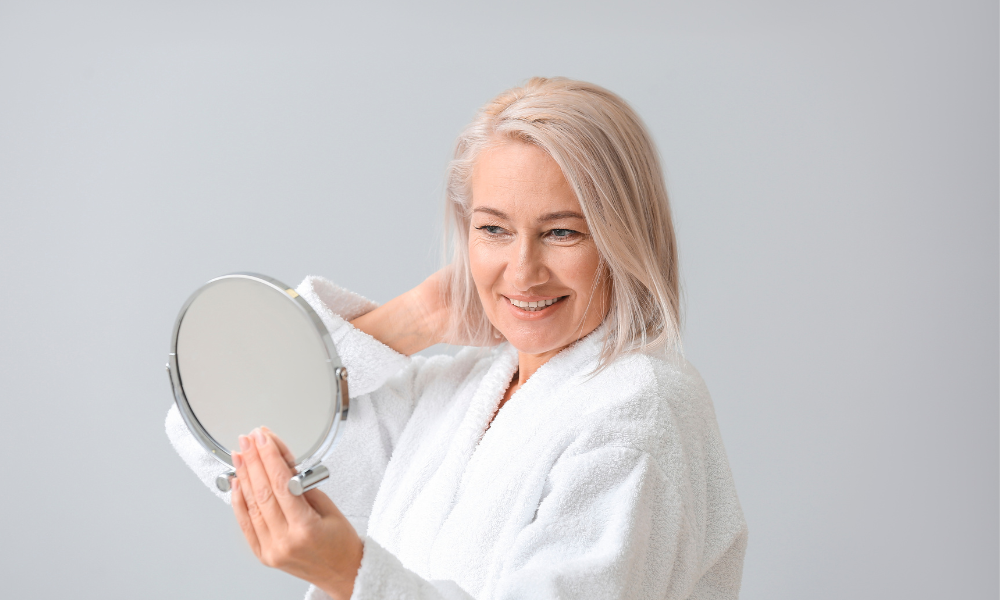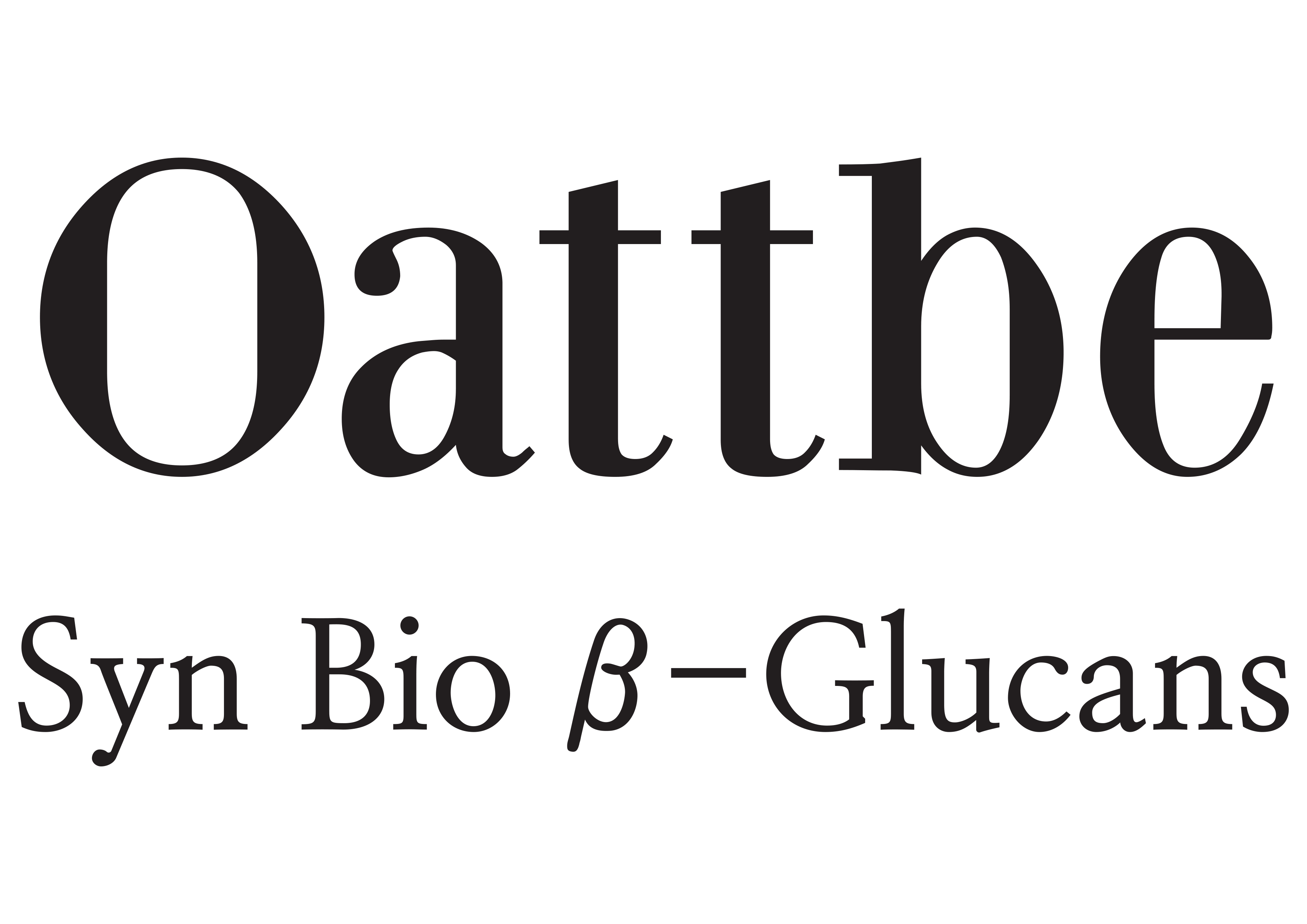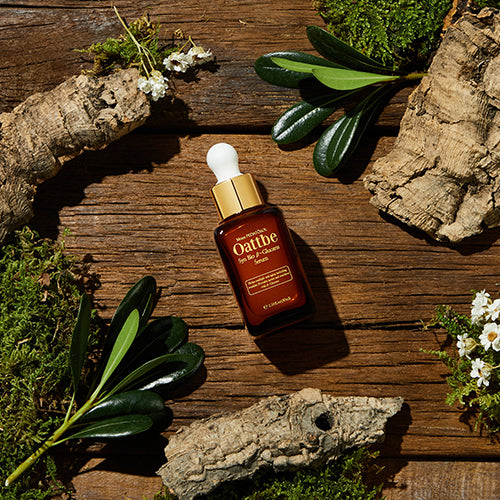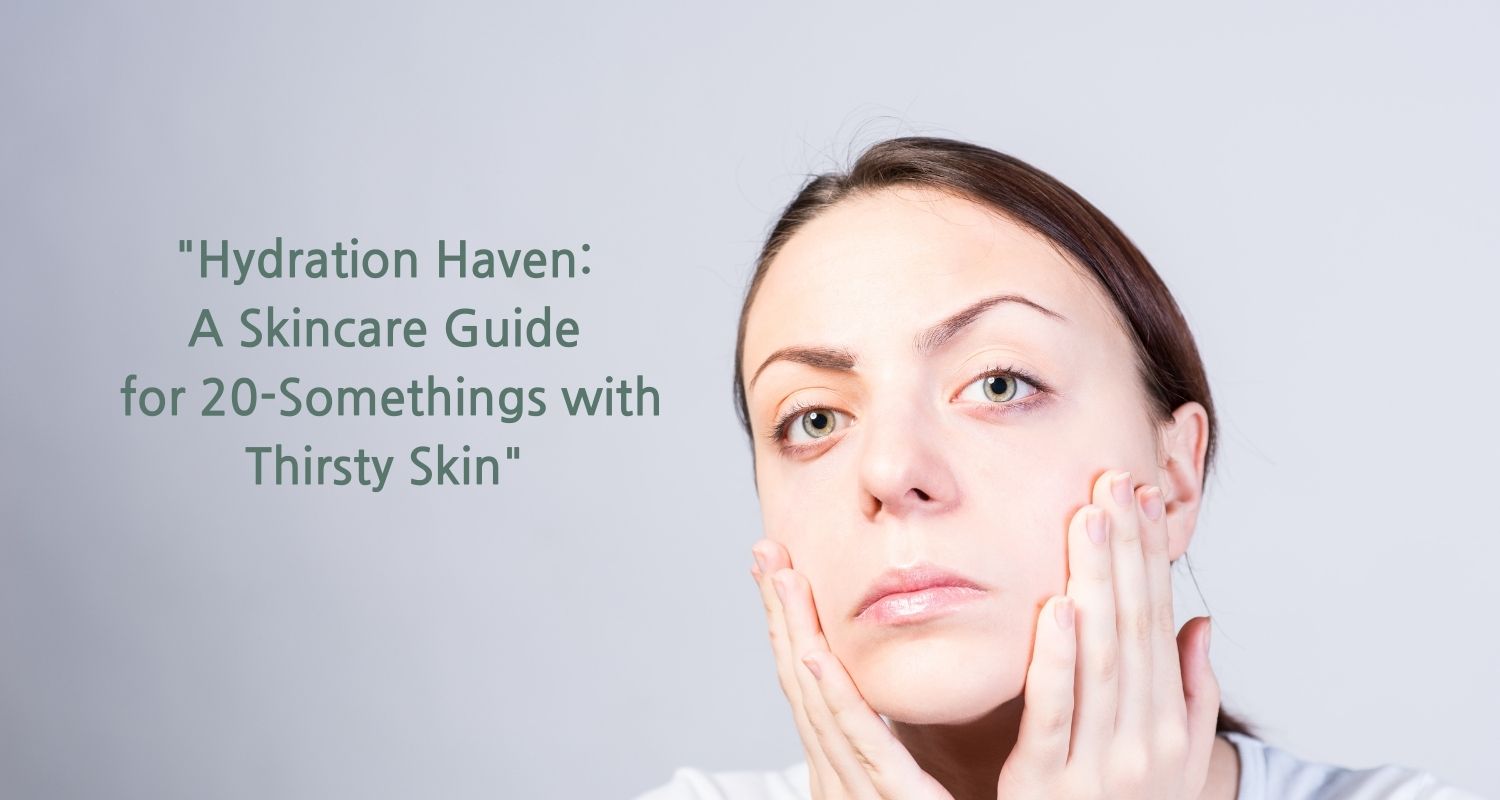
1. Understanding the Skin Aging Process : Unraveling the Science for a Youthful Tomorrow
Welcome the readers to the blog post. Briefly explain the purpose of the post, i.e., to provide scientifically backed information on preventing and reversing skin aging.
Embark on a comprehensive exploration of the skin aging process in this first blog post of our series. We'll demystify the science behind skin aging, identify the changes our skin undergoes, and uncover the internal and external factors that dictate this process. By providing an understanding of how our skin ages, we lay the groundwork for effective anti-aging strategies that can help us maintain our skin's health and youthful appearance.
The Science Behind Skin Aging
Skin aging is an inevitable biological process influenced by genetics and environmental factors. Over time, our skin undergoes physiological changes that lead to visible signs of aging. This section will delve into the biology of our skin, focusing on the important role played by collagen and elastin—two key proteins responsible for our skin's firmness and elasticity. We'll explain how the decline in these proteins' production contributes to the development of wrinkles and fine lines.

Internal Factors Affecting Skin Aging
While genetics lay the foundation of how our skin ages, various internal factors can significantly influence this process. Hormonal changes, particularly the decrease in estrogen levels during menopause, can lead to skin thinning and dryness. Other factors like stress, inadequate sleep, and poor nutrition can cause our skin to age prematurely. Understanding these internal influences can guide us in our journey towards holistic skin health.
External Factors Accelerating Skin Aging
External factors often bear a significant impact on the rate at which our skin ages. Sun exposure is a major culprit, causing photoaging due to harmful UV rays that damage our skin cells. Environmental pollutants and harsh weather conditions can also accelerate skin aging. By recognizing these external factors, we can take proactive steps to protect our skin and slow down the aging process.
The Visible Signs of Skin Aging
From subtle changes like fine lines and wrinkles to more noticeable signs like age spots and sagging, our skin's appearance evolves as we age. In this section, we'll familiarize ourselves with these signs and learn how they manifest differently depending on various factors such as skin type, lifestyle, and skincare habits. Recognizing these signs early can help us address them more effectively.
Our Skin's Changing Needs as We Age
As our skin ages, its needs evolve. It becomes crucial to adapt our skincare routine to these changing needs. We need to focus on hydration and nourishment, incorporate antioxidant-rich products to combat free radicals, and use products with active ingredients targeting signs of aging. In this section, we'll provide an overview of how our skincare routine should adapt as our skin matures.
By understanding the skin aging process, we can equip ourselves to take proactive measures and address our skin's changing needs. The journey to healthy, youthful skin begins with this understanding. In our upcoming posts, we will delve deeper into each aspect of skin aging and share comprehensive strategies for prevention and treatment.
We'll come back with the second blog post of our sking aging series.


